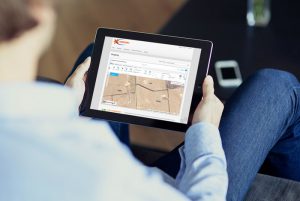How Land Surveying Services Are Changing in 2017
Like just about every other aspect of the development project experience, the technology and techniques behind land surveying services tend to change very quickly these days. If you don’t make a concerted effort to keep up with the latest happenings, then you may find yourself left behind and overpaying for work that doesn’t actually support your project.
In this post, we’ll go over some of the latest trends to hit land surveying services during the early part of 2017. By reading this post, you’ll gain a better understanding of the capabilities and technologies you should be looking for when it comes to sourcing land surveying services for your project.
Survey-Grade Drone Data Is Now the Law of The Land
There’s simply no getting around the fact that unmanned aerial vehicles (UAVs) represent the fastest and most cost-efficient technique there is for gathering the survey data your project needs. Companies that fully take advantage of this trend now will be in the best position possible to ensure that their project progresses quickly, and becomes profitable sooner.
The driving force behind this new trend is the growing availability of drone technology. Today we are seeing drones in all sorts of industry settings where they might not have been practical just a few short years ago, simply because the technology involved is now available at price points where it wouldn’t have been previously.
While this development is a good thing overall for those in need of land surveying services, it can also cause problems: the increasing availability of drones has given rise to many amateur UAV operators who feel qualified to offer landing survey services solely based on their experiences as hobbyists. In reality, working with an experienced professional UAV firm is still the best way to ensure you get survey-grade results.
See Also: Demo of a drone project
3D Laser Scanning & Modeling Will Become More Prevalent
3D scanning and modeling is another example of a technology that has played an important role in land surveying services for years now, but is starting to receive more attention in 2017 based solely on how affordable and available it has started to become. In the past, project managers might have shied away from the obvious benefits of 3D modeling technology because they assumed the technology was not within their price range. Now, with the tools involved getting cheaper at a rapid rate, it’s no surprise to see interest in 3D modeling popping up where it might not have before.
The main result of this trend will be that creating detailed 3D point clouds and models before executing a project will cease to be considered an optional extra, and begin to be seen as the cost of doing business. The ubiquity of efficient, inexpensive 3D models across project settings will in turn lead to projects that proceed quickly, without the delays caused by mistakes or inaccurate data. Simply put, 3D modeling will help more project managers run profitable projects, while also ensuring the safety of their workers.
See Also: Demo of web based point cloud
End-to-End Data Systems Will Become More Important
As surveys become more detailed and advanced techniques such as 3D modeling become commonplace, the amount of data project managers must be able to account for will skyrocket. Project managers must ensure that the land surveying provider they choose to work with offers them a solution that is simple, flexible, and robust.
By working with a provider that offers an end-to-end data solution, project managers can feel completely confident that all their data is being safely stored, and will be available when and where it’s needed. Since the solution is cloud-based, all project employees will have access to the same data, whether they’re on their mobile device at the work site, or on a desktop in the main office.
To learn more about these and other trends going on in the world of land surveying services, contact the experts at Landpoint today.

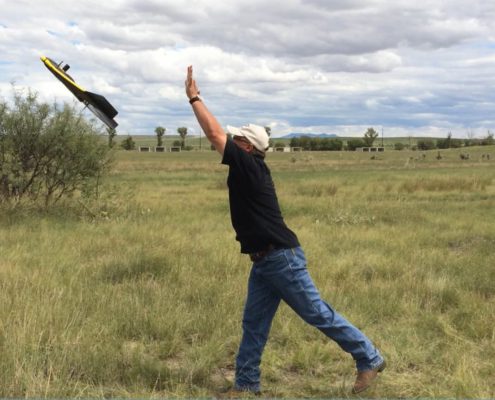
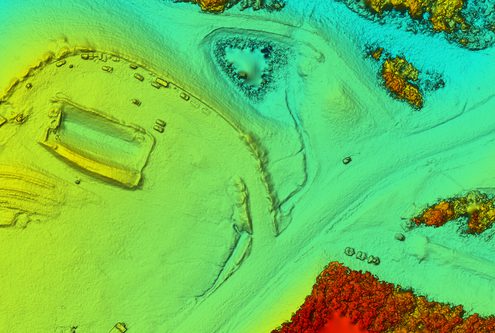
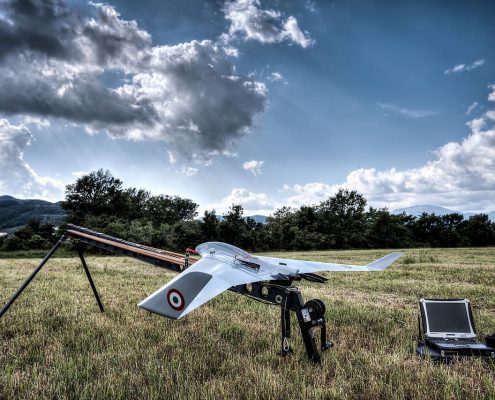
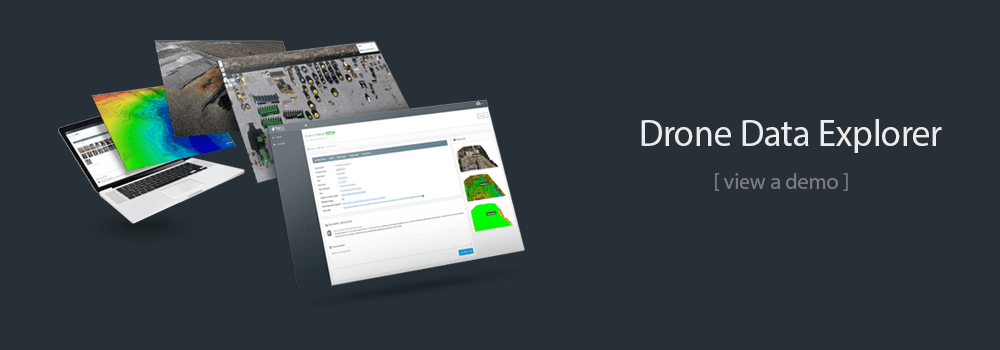

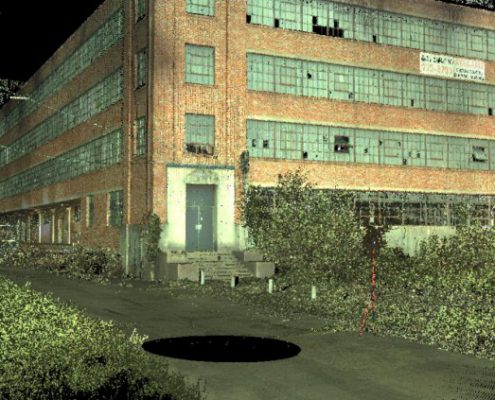
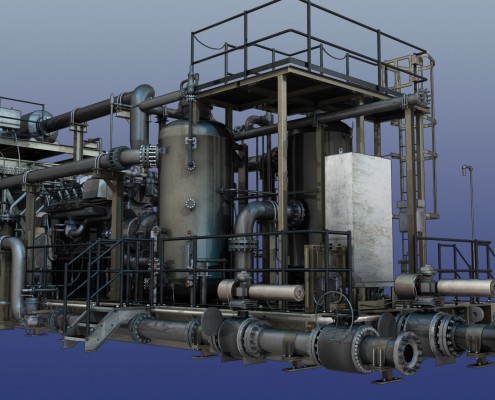
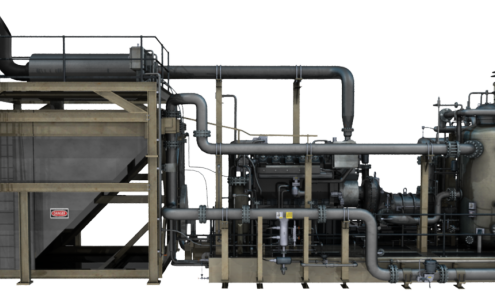

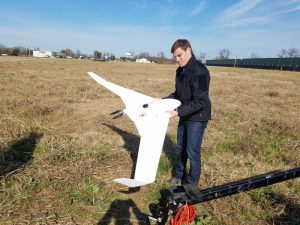 Times have certainly changed: drone technology has become more sophisticated and available, which in turn translates into lower prices, making UAVs cost-effective in many places they might not have been before.
Times have certainly changed: drone technology has become more sophisticated and available, which in turn translates into lower prices, making UAVs cost-effective in many places they might not have been before.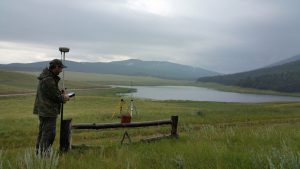 Some of today’s more established land surveyors are extremely familiar with the regions that they service, which can be extremely helpful if you need a land survey. The more knowledgeable a surveyor is with the region, the more efficient they will be when surveying it. Advanced knowledge of an area translates to reduced travel and setup time. It also makes data collection faster as well.
Some of today’s more established land surveyors are extremely familiar with the regions that they service, which can be extremely helpful if you need a land survey. The more knowledgeable a surveyor is with the region, the more efficient they will be when surveying it. Advanced knowledge of an area translates to reduced travel and setup time. It also makes data collection faster as well.